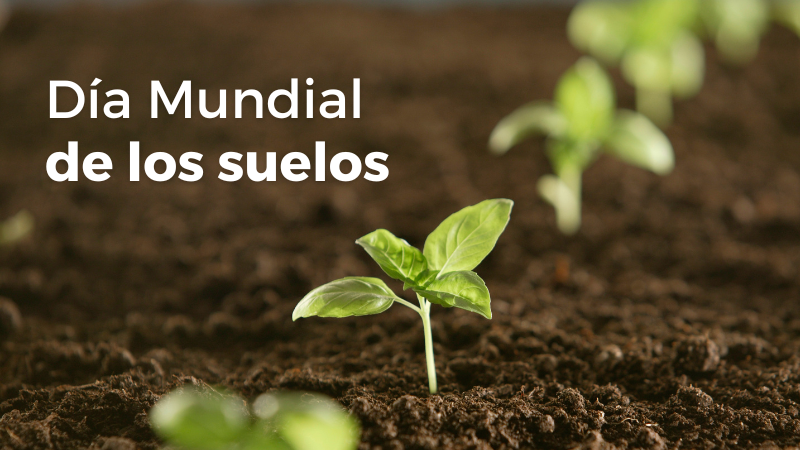
Chile's southern forests are champions of carbon storage
A research determined that this ecosystem stores more than 1,000 tons of carbon per hectare, mostly in the soil.
A study led by Jorge Pérez Quezada, researcher at the University of Chile and the Institute of Ecology and Biodiversity (IEB), published in the specialized journal Forest Ecology and Management, explored 33 sites in the temperate rainforest located in the Senda Darwin Biological Station, with measurements taken between 2014 and 2017. The research determined that this ecosystem stores more than 1,000 tons of carbon per hectare, mostly in the soil. The study also included the participation of Aurora Gaxiola, researcher at the IEB and the Catholic University of Chile.
"In this research we conducted a very complete measurement and evaluation of all the carbon stocks present in the forest. We used existing allometric models to estimate the carbon stored in the trees, which is the most common in these studies, but we also measured how much carbon is in the soil, in the leaf litter, the small vegetation at ground level and in the epiphytic plants, which are those vines that grow on the trees. We found that the greatest amount of carbon accumulated was in the soil, with 730 tons per hectare, a magnitude that also caught our attention when compared to other ecosystems," explains the agronomist.
The particularity of this habitat, according to the researcher, is that it would be an old native forest, which would have grown on an old peat bog, from which a soil very rich in organic nutrients would have been formed, and different from other temperate forests in the world, so much so, "that when walking on it you can perceive a kind of vibration, as if you were walking on cushions", says Pérez Quezada. And although the soils of other ancient forests also contribute to the capture of carbon in large proportions, forests like the one studied in Chiloé would be an even more powerful carbon sink than most temperate forests in the world, according to the academic of the Faculty of Agronomic Sciences of the University of Chile.
Evidence for conservation
"This work confirms that the area where most carbon accumulates in forests is in the soil and then in the trees. However, we have seen that the role of soil and its contribution to combating climate change has been underestimated. On the other hand, we know that there are not many studies worldwide that delve into this area", comments the scientist.
Jorge Pérez adds that important carbon reserves were also found in the vegetation that accompanies the large trees of the forest. "In the epiphytes, for example, we discovered that there was more than one ton of carbon per hectare, which also represents a very high rate," he says.
Aurora Gaxiola emphasizes that "forests are not only trees, but much more complex ecosystems, which include a great biodiversity of species and fundamental elements such as soil and roots, which also provide very important services for water storage. In this sense, the work highlights the importance of the soil as a large reservoir, which is also key to carbon fixation. For this reason, the research is also a call to value and strongly protect our old forests and strengthen the plant-soil relationship, so vital for the regulation of natural cycles".
Considering the value of these findings, the scientist maintains that it is imperative to focus on the protection of native ecosystems: "In Chile they are planning to restore 1 million hectares, which is also very valuable, but this does not make sense if we do not work at the same time to protect where carbon is already accumulated, because it really takes many years to capture such amounts. That is why we must also continue to research these ecosystems, protect them and value them for their conservation".
Jorge Pérez points out that it is also fundamental to safeguard these territories for the protection of our biodiversity and ecosystem services, such as the provision of water, since ancient forests interact with an enormous number of animals, fungi, plants and human communities. For this same reason, it reaffirms the need for better conservation policies and special care in the face of changes in land use, since the latter is one of the most important causes of biodiversity loss at a global level.
Source: agronomia.uchile.cl

